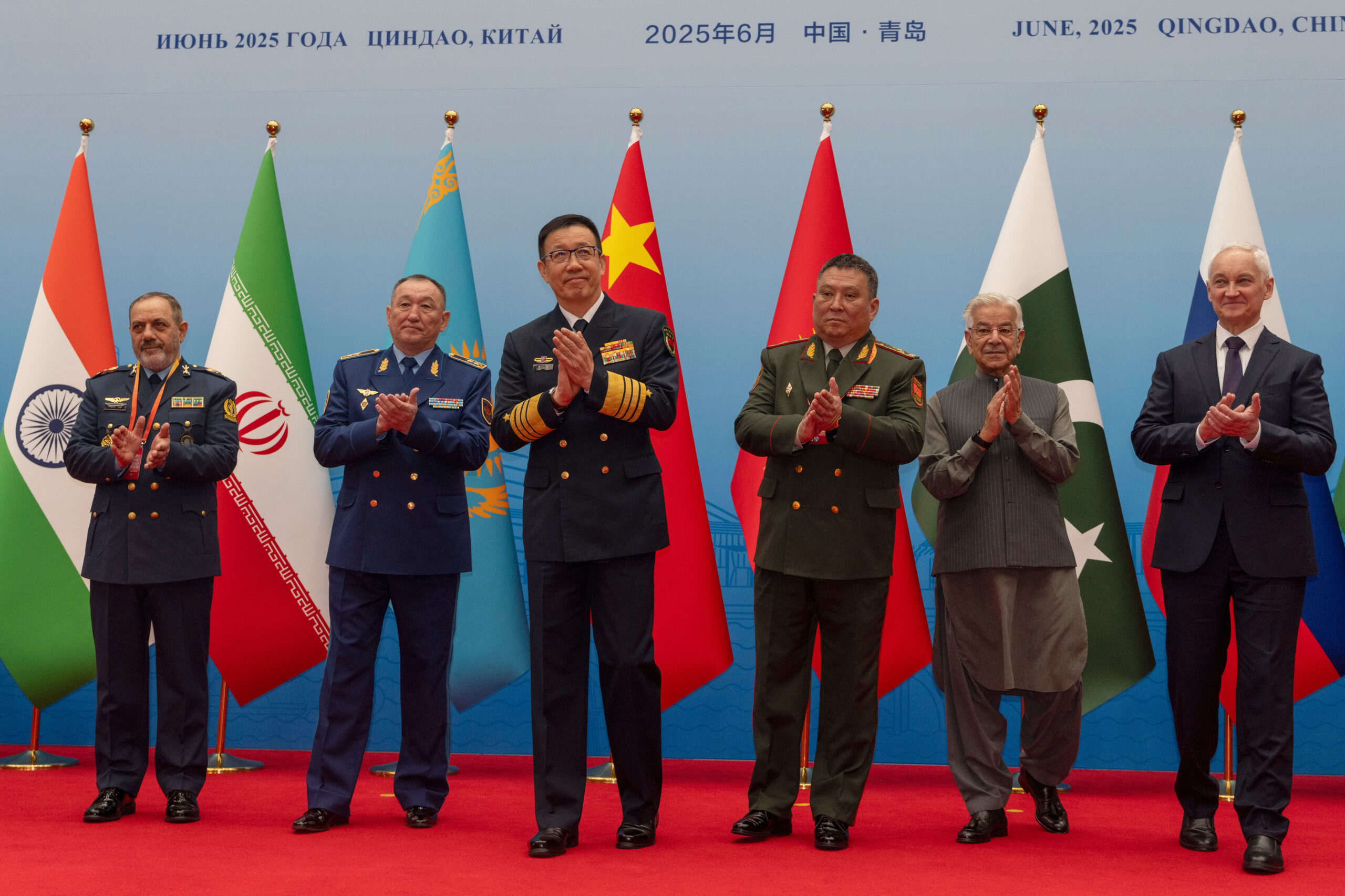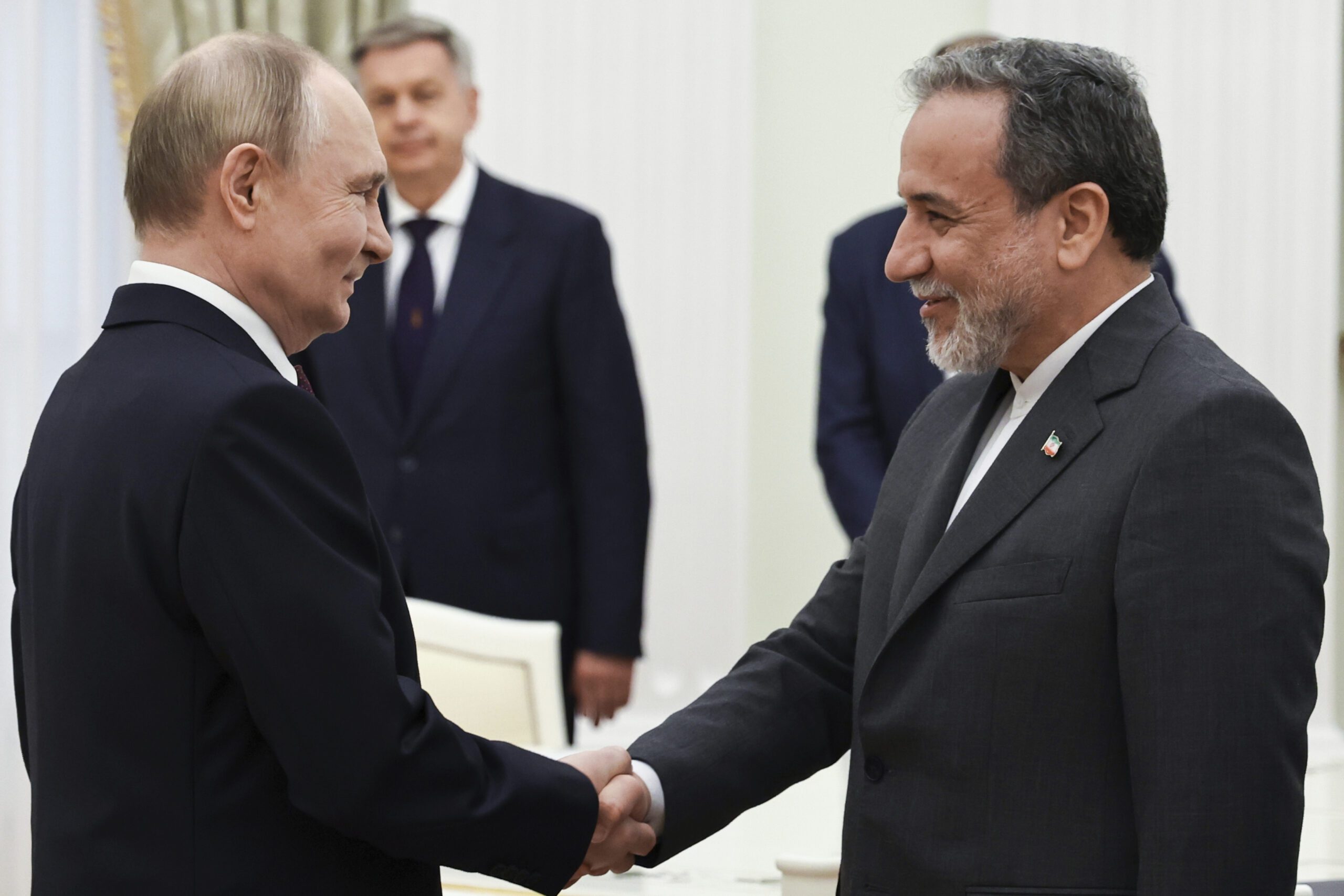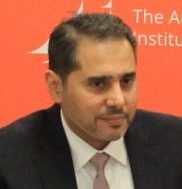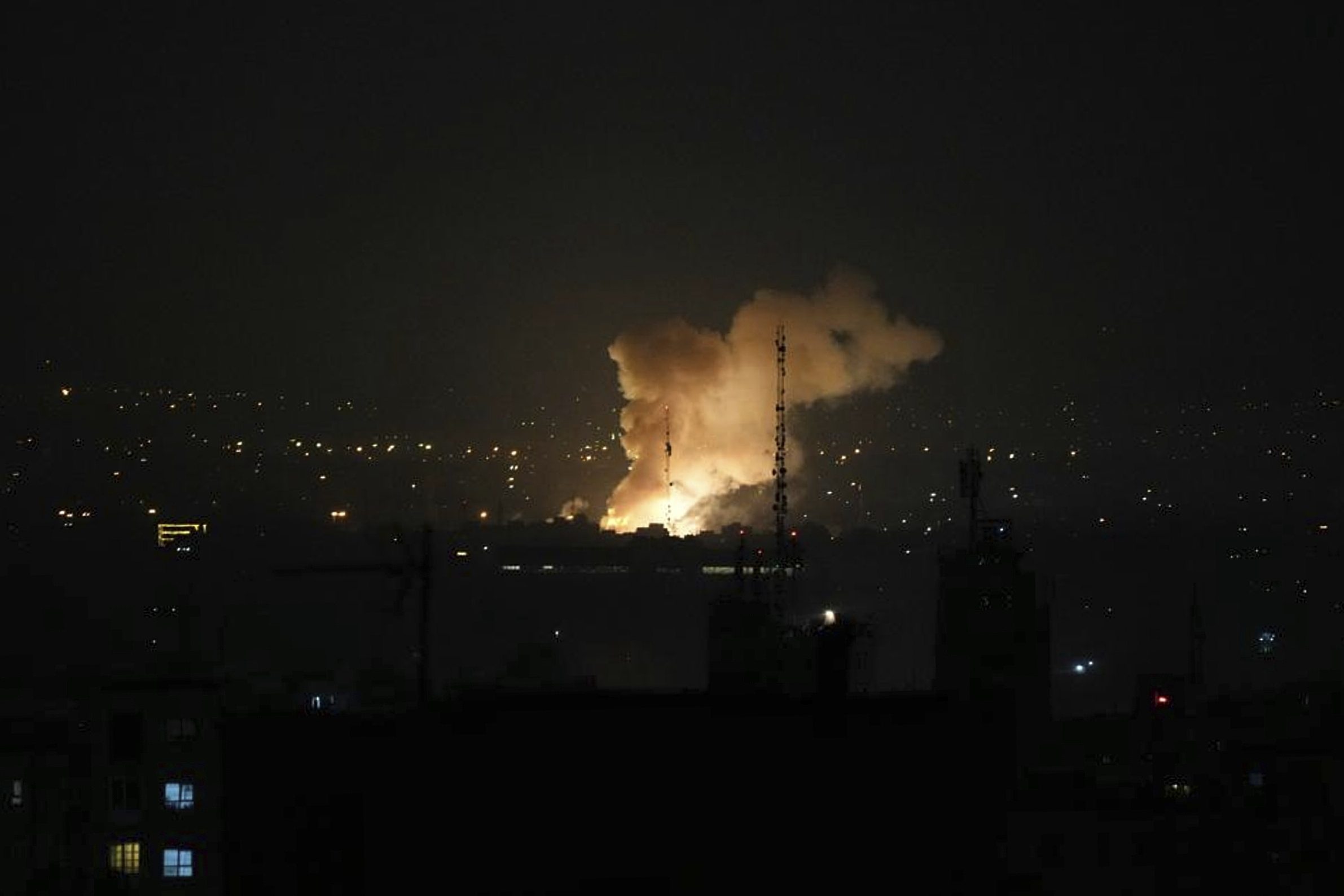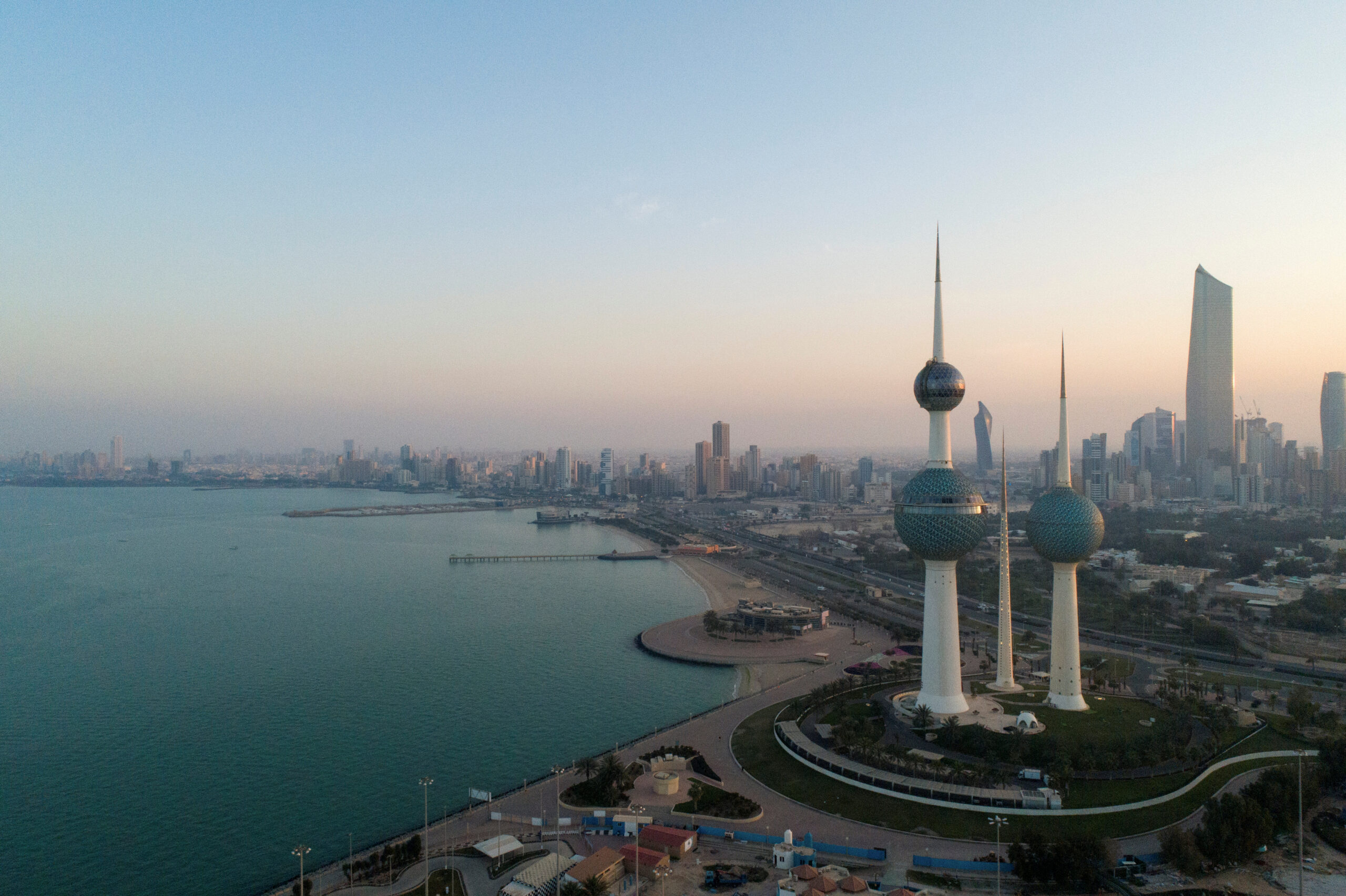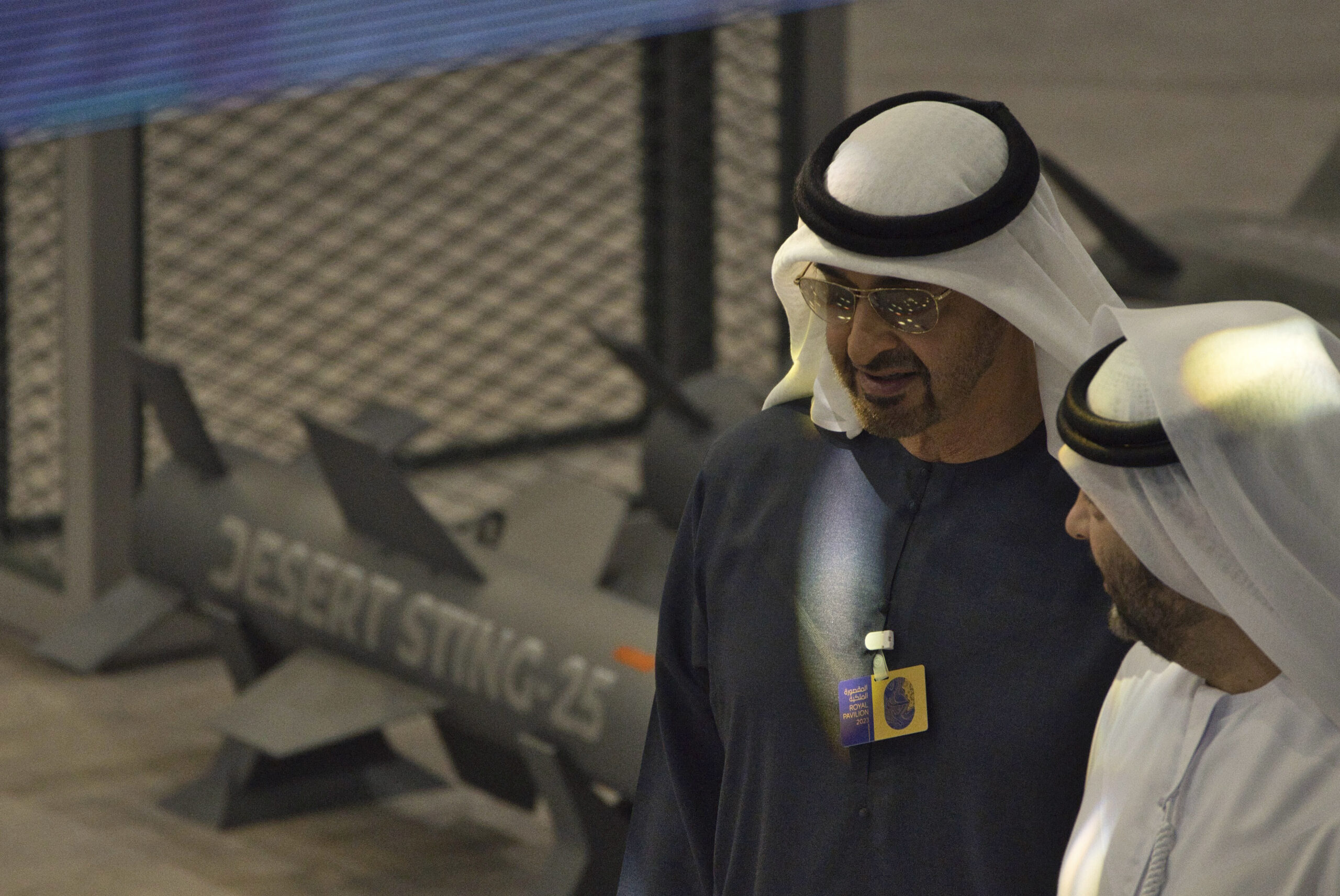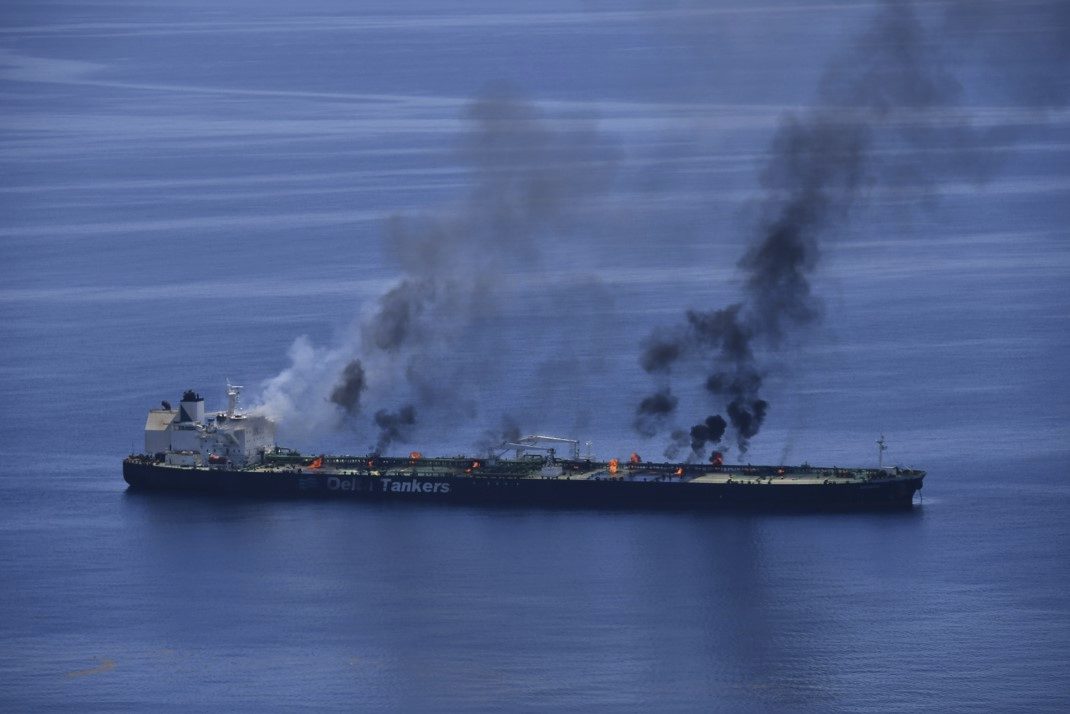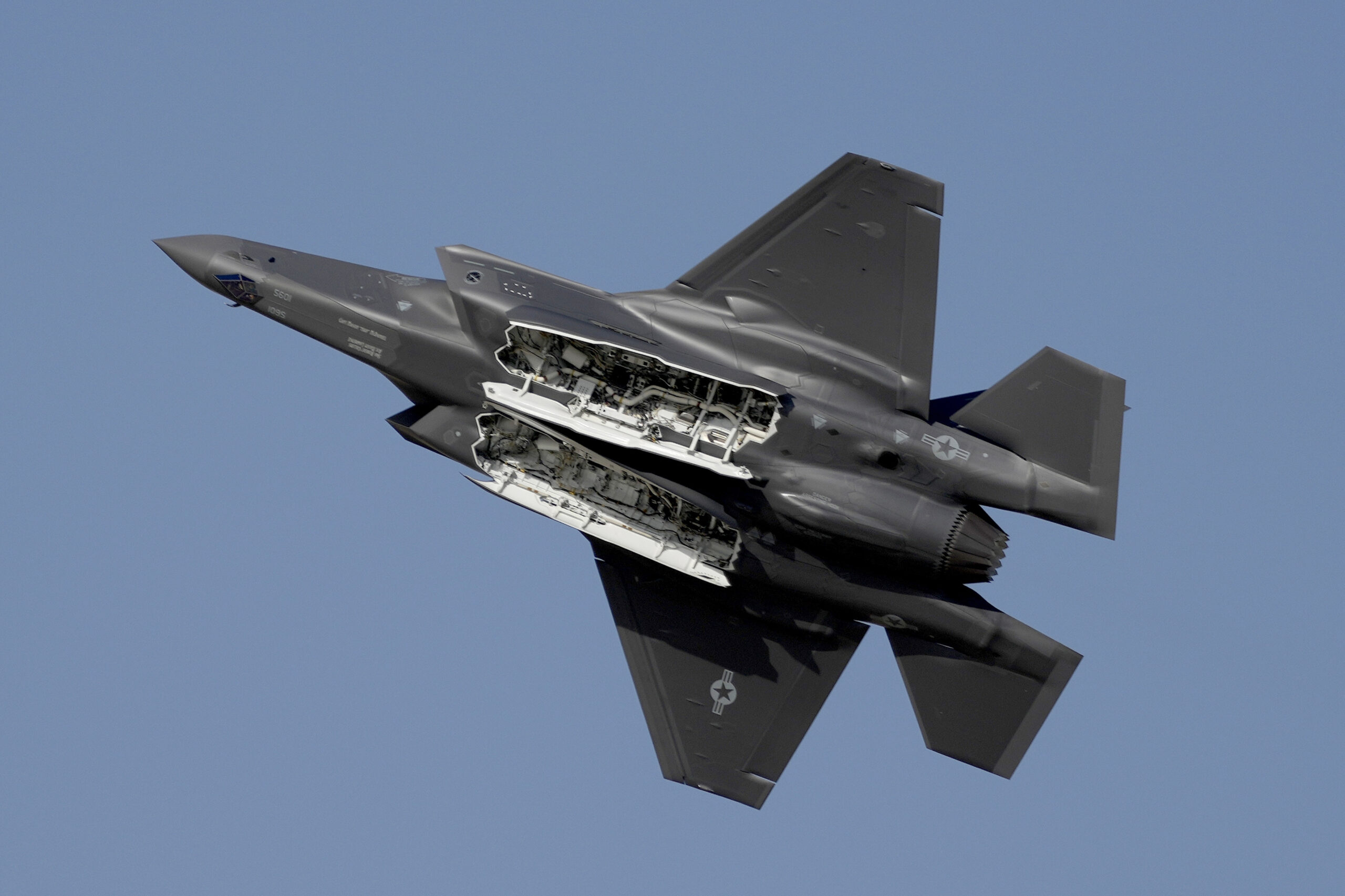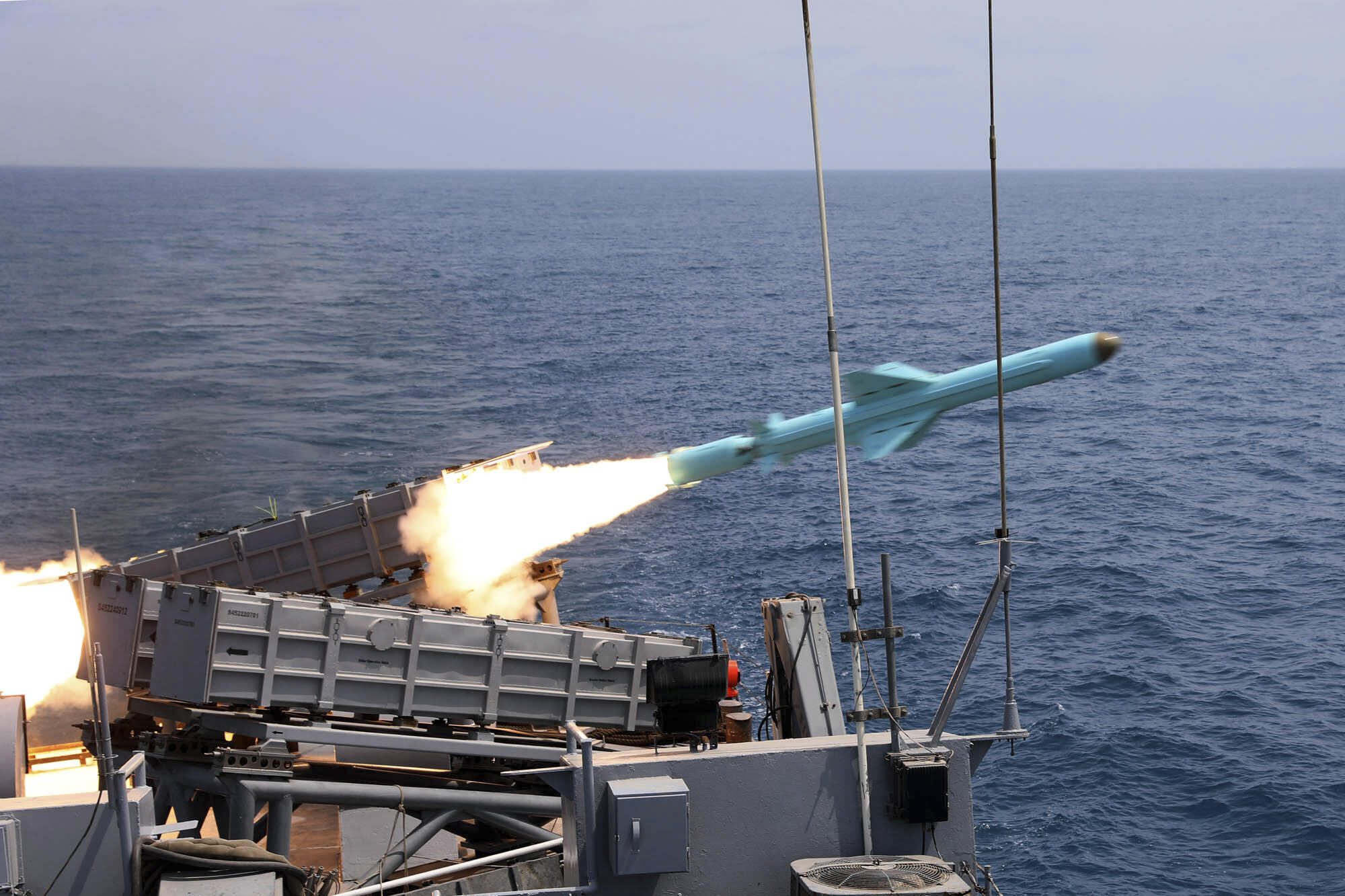
On August 21, the Iranian navy launched a military exercise in the Gulf of Oman and northern Indian Ocean. The two-day drill, codenamed “Sustainable Power 1404,” focused on missile capabilities in naval warfare, with coastal defense batteries and warships simulating high-intensity combat operations in regional waters.
Iran, through its navy and the Islamic Revolutionary Guard Corps’ navy, regularly conducts maritime drills in this strategic waterway; however, the recent naval exercise was the first since the 12-day conflict with Israel and the U.S. strike on Iranian nuclear sites. The timing, assets involved, and weapon systems tested give critical insights into Iran’s military posturing amid sustained tensions.
The Drill
Rear Admiral Abbas Hassani, commander of the Iranian navy’s second naval region, stated that the exercise was designed to demonstrate Iran’s combat readiness and deterrent capabilities. The drill featured a balanced yet noteworthy mix of precision-guided cruise missiles, surface combatants, and electronic warfare assets.
On the missile front, Iran showcased a broad spectrum of domestically manufactured anti-ship cruise systems, including the 21-mile-range Nadir-1, assessed as capable of sinking 1,500-ton targets, such as corvettes or coastal feeder ships; 124-mile-range Ghader; and 186-mile-range Ghadir.
Despite Tehran’s ability to field modern indigenous air defense capabilities, the accompanying surface combatants highlighted its continued reliance on aging naval platforms.
The Alvand-class frigate Sabalan successfully destroyed a designated sea target with a Ghadir missile. Originally commissioned in 1972, the Sabalan has been technologically surpassed by newer Mowj-class frigates but remains a potent asset thanks to periodic upgrades and the reported capacity to carry up to 16 anti-ship missiles.
The Hendijan-class auxiliary ship Ganaveh, in service since the late 1980s, participated in the drill as both a missile gunboat and launch platform for unmanned aerial vehicles, most likely Ababil-2 drones. Produced by Iran Aircraft Manufacturing Industries, the Ababil family is a series of cost-effective tactical drones. The Ababil-2 variant is a low-technology, long-range UAV that can be configured for either loitering munition or intelligence, surveillance, and reconnaissance missions.
Despite the evident age of these platforms, their continued deployment reflects Tehran’s strategy of extending the service life of legacy platforms by equipping them with modern, indigenous weapon systems.
Velayat-II onshore missile systems were deployed for coastal defense, with the truck-mounted launchers firing multiple Ghader missiles against offshore surface targets. Electronic warfare units simulated radar and communication jamming operations while also effectively testing man-portable electronic warfare devices to counter incoming hostile threats.
The exercise demonstrated Iran’s continued ability to conduct operations in the Gulf of Oman and adjacent sea lanes to prevent an adversary from entering the country’s mainland by engaging it at sea. The drill also showed Iran maintains capabilities to degrade an opponent’s combat effectiveness within a defined area of operations.
Ultimately, placing the Iranian navy’s second naval region command in charge of the drill highlighted the growing relevance of the theater east of the Strait of Hormuz in Iran’s defense posture. This move and the inauguration of Iran’s Bandar-e Jask naval base in January reflect Tehran’s intention to strengthen its military basing and logistics beyond the Gulf. While the facility currently has a light military footprint, with key berthing and personnel infrastructure still under construction, its opening demonstrates Iran’s increasing resolve to play a more active role in the high seas.
Dual Messaging
Iran regularly conducts naval exercises in the Gulf of Oman and northern Indian Ocean, such as the February three-day missile drill between the Iranian navy and IRGC aerospace force. Aimed at improving combat readiness, these exercises also demonstrate Tehran’s interest in intensifying military operations to reinforce deterrence and project power to both foreign and domestic audiences. This approach is especially evident during periods of heightened political or security pressure on the regime. Considering that it was Iran’s first drill after the 12-day conflict with Israel, the “Sustainable Power” missile exercise appears to follow this pattern.
Iran has been facing one of the most severe strategic setbacks in decades. Israel’s targeted strikes on Iran’s missile systems, strategic facilities, and senior figures in the nuclear and military establishment not only exposed significant gaps in the air defense architecture but also severely degraded its conventional retaliatory capabilities. More critical, the limited effectiveness of large-scale barrages against Israel and the rapid depletion of medium-range missile stockpiles sharply undercut Iran’s ballistic missile-based deterrence strategy against Israel.
Consequently, the decreasing value of its missile force as a viable counterforce to Israel’s capabilities, coupled with the reduced combat effectiveness of its proxy allies, such as Hezbollah in Lebanon, intensified pressure on Iran to resort to alternative kinetic instruments to restore deterrence against Israel. Driving up the costs of Israeli military actions for Gulf Arab countries and the United States emerged as a calculated tactical and strategic response for the Iranian leadership.
This is exemplified by the June 23 ballistic missile strike on Al Udeid Air Base in Doha, which is home to the U.S. Central Command forward headquarters. While Iran officially framed it as retaliation for the United States’ strikes on Iranian nuclear sites, the attack was a symbolic, highly scripted, punitive demonstration offering Iran a strategic offramp to prevent the spiral into broader military escalation and reestablish its missile deterrent credibility, at least temporarily. This balancing act reflects Tehran’s broader dual messaging strategy: simultaneously showcasing the ability to regionalize the burden of what it routinely describes as Israel’s military adventurism while signaling restraint to avoid direct and uncontrollable escalation with the United States.
Similarly, the area of operations, assets involved, and capabilities demonstrated in the “Sustainable Power” exercise suggest its intended audience was less Israel than Iran’s Gulf Arab neighbors as well as U.S. military bases and assets stationed across the region.
First, the selection of the Gulf of Oman and northern Indian Ocean as a theater for “Sustainable Power” is not accidental. These waterways are critical shipping arteries sustaining trade and energy flows between Asia, Africa, and Europe. As Gulf economies grow increasingly dependent on maritime commercial routes, they have a low risk tolerance for severe maritime disruptions. Iran’s naval strategy purportedly leverages this fragility, as showcased by recent threats to close the Strait of Hormuz, the strategic chokepoint connecting the semi-enclosed Gulf waters to the open seas.
Still, these might be relatively empty threats. While Iran possesses the means to temporarily disrupt maritime traffic, it lacks the operational capabilities to enforce a sustained blockade. Moreover, the strait is a critical lifeline for Iran itself; any attempt to close it would risk further damaging its already battered economy.
Second, the Iranian navy, rather than the IRGC navy, took the helm in the drill. While this fits under the Iranian navy’s conventional mandate over this maritime region, the choice also serves a more strategic purpose. It projects resilience in Tehran’s regular armed forces, signaling that its conventional military capabilities are still effective, even though IRGC asymmetric warfare tools remain available.
Third, although the missiles and drones deployed during the naval exercise cannot reach Israel, they underscore a compelling threat vector to littoral countries and U.S. forward bases. Iran’s ability to harass commercial vessels and challenge coastal installations in the Gulf is the very core of its anti-access/area-denial posture. By operating in these maritime theaters, Iran signals that even limited-range missile systems can be strategically repurposed for exercising sustained coercive pressure closer to its shores rather than launching deep-range strategic strikes.
The Perils of Ambiguity
In the face of the fragile Iran-Israel cease-fire announced by President Donald J. Trump, Tehran is likely to maintain its dual messaging approach: continuing to display deterrent capabilities tailored to target – however gingerly – the regional interests of its Gulf neighbors and the United States while avoiding entanglement in head-on military confrontations with the United States and Israel. However, this calibrated exercise of moderate coercive diplomacy carries risks.
Chief among these are jeopardizing the fragile detente carefully built with the Gulf Arab countries over the past five years and fueling misinterpretations about Iran’s long-term strategic intentions. Indeed, if it is true that Iran carefully framed the missile attack on the Al Udeid Air Base uniquely as a retaliatory action for the U.S. strikes on its nuclear facilities rather than an attack on Qatar’s sovereignty, the barrage of ballistic missiles also showcased Tehran’s resolve to regionalize the costs of Israel’s military campaigns. Similarly, the “Sustainable Power” exercise feeds into Iran’s dual messaging approach.
However, the overall impact of Iranian naval drills on the threat perceptions of Gulf capitals can be mitigated, at least partially, through high-level consultations between defense officials. Although it is unlikely that Iranian military planners informed their Gulf counterparts in advance about the nature of the drill, Tehran has simultaneously doubled down on diplomacy with its neighbors, as showcased by the recent meetings between Iranian Foreign Minister Abbas Araghchi and top Saudi leaders. Such engagements can help clarify Iran’s long-term intentions, reduce the scope for misinterpretation surrounding its military activities, and signal its interest in sustaining dialogue with neighbors despite episodes of coercive signaling.
Yet, whether such diplomacy can offset the mistrust generated by the June 23 missile barrage, highly visible displays of military power, and decades of Gulf states’ concern about Iranian threats remains uncertain. From a Gulf Arab standpoint, the juxtaposition of conciliatory outreach and assertive military posturing underscores the enduring ambiguity of Iran’s regional strategy.
In the current security context, Iran has shown little appetite for a full-scale regional military confrontation, suggesting a preference for pragmatic, rational adjustments over open-ended escalation in an uncertain threat environment. Yet, with the cease-fire with Israel unlikely to endure and nuclear negotiations growing more tense, this calibrated posture may shift, pushing Tehran toward a more confrontational strategy.
Should this occur, likely courses of action for Iran could include intensifying the frequency and scale of military exercises, leveraging its broad repertoire of asymmetric tools – from sabotage operations to merchant vessel seizures and targeted proxy attacks – and issuing more direct threats to the strategic interests of Gulf capitals.
The views represented herein are the author's or speaker's own and do not necessarily reflect the views of AGSI, its staff, or its board of directors.


